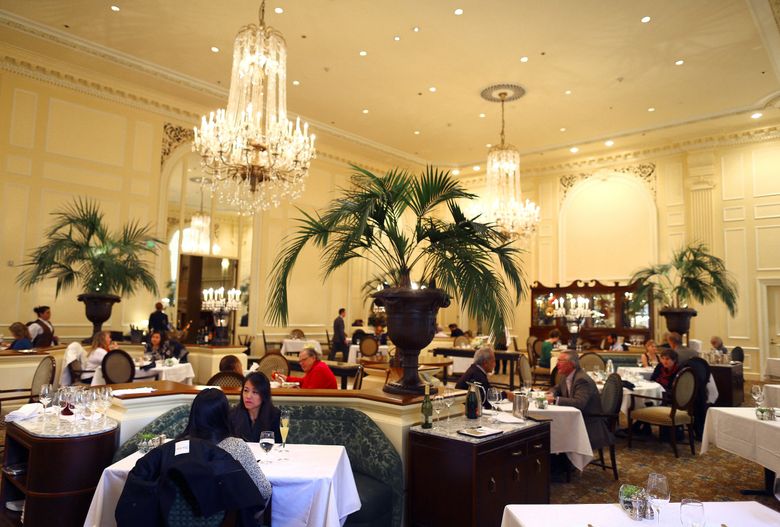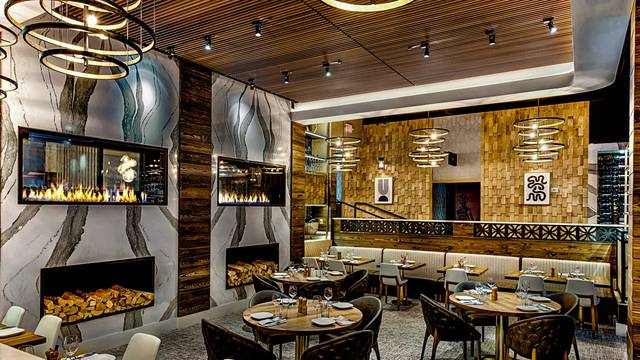Chinese Food Islamabad: Appreciate Genuine Chinese Food at its Best
Experience the Blend of Societies in Our Pan-Asian Restaurant's Asian Food Offerings
Each recipe on our menu is a diligently crafted narrative, drawing on the rich heritage of Chinese, Japanese, Thai, Korean, and Vietnamese foods. As you check out the ins and outs of our offerings, you'll experience a harmony of tastes that reflects the dynamic variety of these societies.
Discovering Chinese Cooking Practices
Chinese cooking practices flaunt an abundant tapestry of tastes and strategies that mirror the nation's vast geographical and cultural diversity. From the intense spices of Sichuan cuisine to the fragile dark amount of Cantonese price, each area offers a distinct culinary identity that has been sharpened over centuries. The philosophy of stabilizing tastes-- pleasant, sour, bitter, spicy, and salty-- exists at the heart of Chinese food preparation, developing recipes that are not just scrumptious yet likewise unified.
Key components such as soy sauce, sesame, garlic, and ginger oil form the backbone of many conventional dishes, adding to the distinctive and aromatic profiles that specify Chinese food. Strategies like stir-frying, steaming, and braising demonstrate the skill and artistry associated with Chinese food preparation, each approach improving the natural tastes of the active ingredients.
Regional specializeds, such as Peking duck from Beijing, the refined, mouthwatering flavors of Shanghai's soup dumplings, and the vibrant, extreme warm of Sichuan hot pot, offer an understanding right into the cooking heritage of China. In a Pan-Asian dining establishment setting, these traditional recipes can be adjusted to include different influences, using customers a nuanced exploration of Chinese cooking virtuosity.
Appreciating Japanese Specials

Beginning your cooking journey with sashimi, where the freshness of the fish takes spotlight, sliced up skillfully to boost its natural flavor. Our sushi supplies a harmonious blend of vinegared rice and fresh fish and shellfish, a tribute to the subtlety of Japanese gastronomy. For a cozy, calming experience, try our miso soup, a staple that symbolizes the umami-rich account of fermented soybeans.

Discovering Thai Taste Profiles
As we move from the fine-tuned sophistication of Japanese cuisine, the vibrant and lively flavors of Thai cooking welcome expedition. Thai cuisine is renowned for its harmonious equilibrium of sweet, sour, salted, and hot elements, creating a symphony of preferences that captivate the taste. Trick components like lemongrass, kaffir lime leaves, galangal, and Thai basil impart fragrant complexity, while fish sauce and shrimp paste give deepness and umami.
One can not discuss Thai taste accounts without discussing the iconic dishes that exemplify its cooking philosophy. The well known Tom Yum soup, with its aromatic broth, combines spicy, sour, and savory notes, supplying a preference experience that is both soothing and invigorating. pan asian restaurant Islamabad. Similarly, Environment-friendly Curry, understood for its rich coconut milk base, showcases the delicate interplay in between sweet taste and spiciness, enhanced by fresh herbs and flavors
Thai food also puts a solid focus on appearance, blending crunchy veggies with tender meats or fish and shellfish, as seen in restaurants around me recipes like Som Tum (green papaya salad) This balance of appearances includes an added layer of enjoyment to the already complicated taste accounts. Via these distinctive elements, Thai cuisine provides a vibrant and unforgettable culinary trip.
Appreciating Oriental Flavor and Heat
Oriental cuisine, with its focus on strong flavors and fiery warm, provides an unique expedition of flavors distinctive from its Oriental counterparts. At the heart of this cooking experience is gochujang, a fermented red chili paste that offers a structure of wonderful heat and deepness. asian fusion restaurant. This functional component is pivotal in meals such as bibimbap and bulgogi, instilling them with its characteristic spicy-sweet account
One more keystone of Korean seasoning is kimchi, a fermented vegetable recipe most frequently made from napa cabbage and skilled with chili ginger, pepper, and garlic. Kimchi not only includes a piquant kick to any meal yet likewise offers probiotic advantages, making it a staple in Korean eating.
Furthermore, Oriental barbecue highlights the interaction of seasoning and heat via marinates that usually integrate gochugaru, a crude chili powder. This enhances the tastes of grilled meats, producing a nuanced and abundant preference experience.
Our Pan-Asian restaurant this proudly embraces these elements, providing diners an authentic taste of Oriental warmth and spice. Each dish is crafted to make sure that the vibrant flavors and structures of Oriental food beam through, giving a remarkable eating experience.
Tasting Vietnamese Quality
Vietnamese cuisine is renowned for its impressive freshness and vibrant, herbaceous tastes, developing an unique cooking identity within Asia. This consistency is noticeable in recipes like pho, a fragrant noodle soup that incorporates aromatic herbs such as cilantro and basil with the abundant deepness of a beef or poultry broth.
Quality is additional exemplified in the renowned summertime rolls, known as gỏi cuốn. These clear rice paper rolls are loaded with crisp vegetables, navigate to these guys fresh herbs, and tender shrimp or pork, accompanied by a savory peanut dipping sauce. The fragile yet durable tastes underscore the relevance Vietnamese cuisine put on fresh active ingredients.
Our Pan-Asian restaurant commemorates this culinary tradition by sourcing the finest active ingredients to recreate genuine Vietnamese meals. The emphasis on natural herbs and fresh produce makes certain that each dish is not only aesthetically attractive yet additionally a testimony to the vivid society where it comes from. Experience Vietnamese freshness with us, where every bite narrates of tradition and flavor.
Conclusion
The Pan-Asian restaurant uses a distinct culinary experience by harmoniously mixing the rich traditions of Chinese, Japanese, Thai, Korean, and Vietnamese cuisines. Each meal is thoroughly crafted to stress the unique strategies and authentic active ingredients of these diverse societies, creating a natural yet varied gastronomic trip. With a concentrate on daring, balance, and quality, the restaurant goes beyond cultural boundaries, giving restaurants with an exemplary blend of tastes that celebrates the essence of Asian cooking heritage.
While Japanese food is renowned for its simplicity and style, it likewise provides a depth of taste accomplished through careful prep work and a regard for seasonal ingredients.As we move from the fine-tuned style of Japanese food, the lively and strong flavors of Thai cooking invite expedition.One can not review Thai flavor accounts without pointing out the renowned dishes that exemplify its cooking approach.Oriental food, with its emphasis on strong flavors and fiery warm, uses a special exploration of flavors distinct from its Asian equivalents.Vietnamese food is renowned for its impressive quality and dynamic, floral flavors, producing an unique cooking identification within Asia.